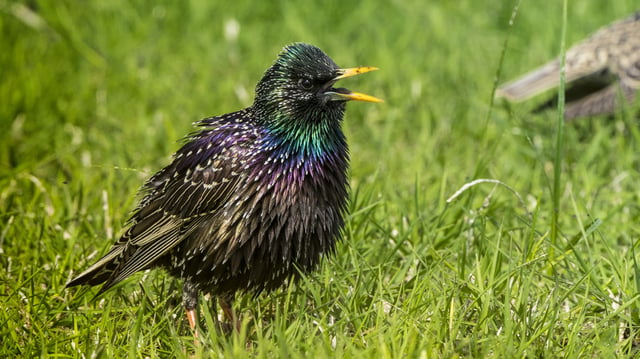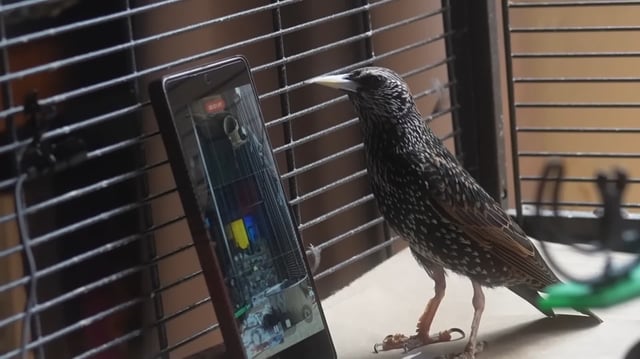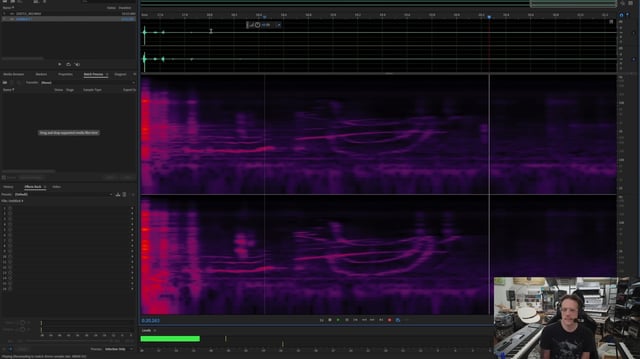Overview
- Jordan used a spectral synthesizer to convert a hand-drawn image into an ultrasonic audio waveform and played it to a rescue starling named The Mouth
- The starling imitated the sequence with fidelity sufficient to reconstruct the original 176 KB file from its vocalization
- European starlings’ dual-channel syrinx and vocal memory enable reproduction of complex spectrogram-encoded data
- Jordan calculates that, under ideal 10:1 compression, the bird-based method could approach 2 MB/s despite biological constraints
- Ongoing research will evaluate the approach’s scalability, reliability and ethical implications for future biological data storage



